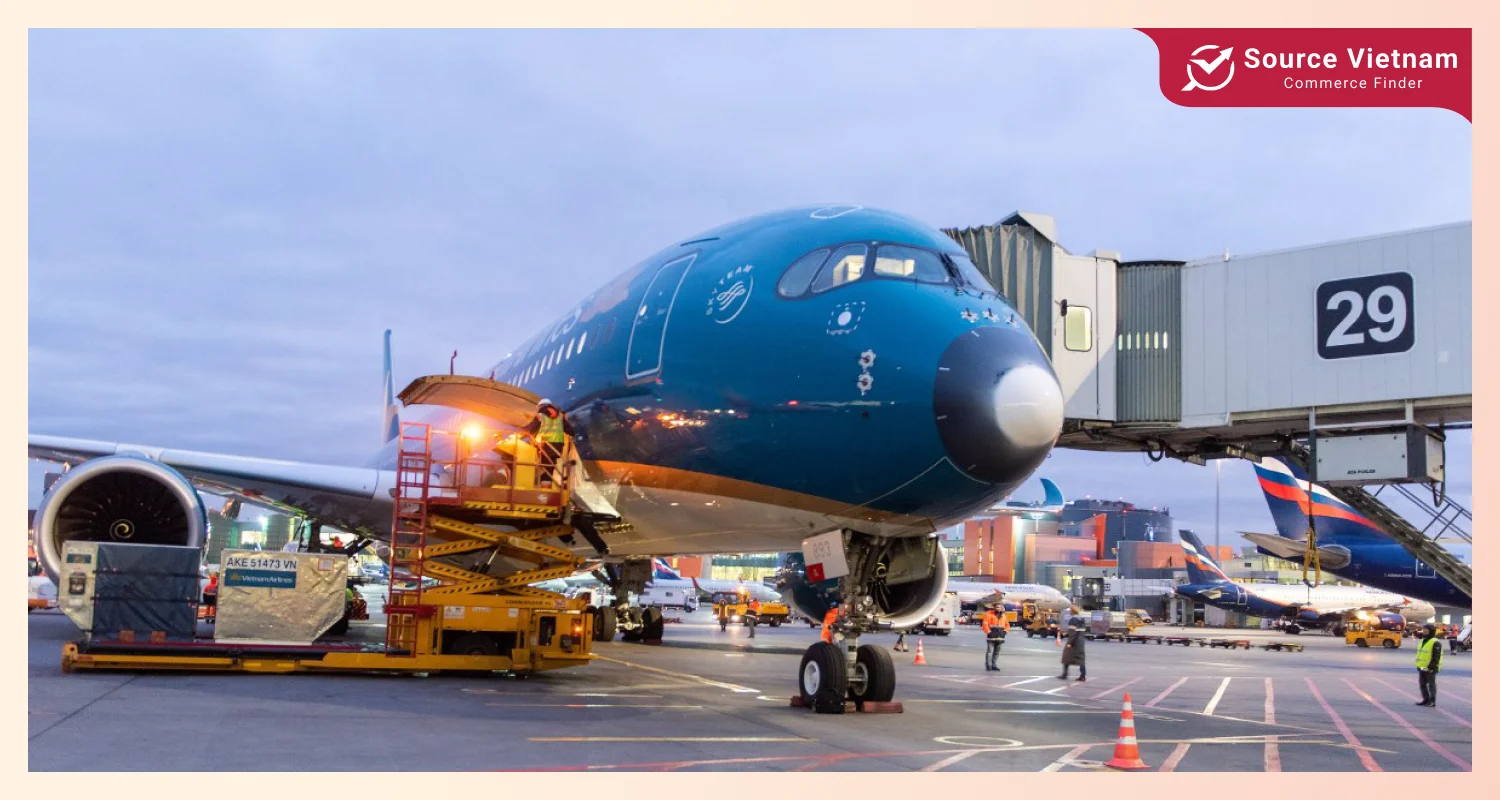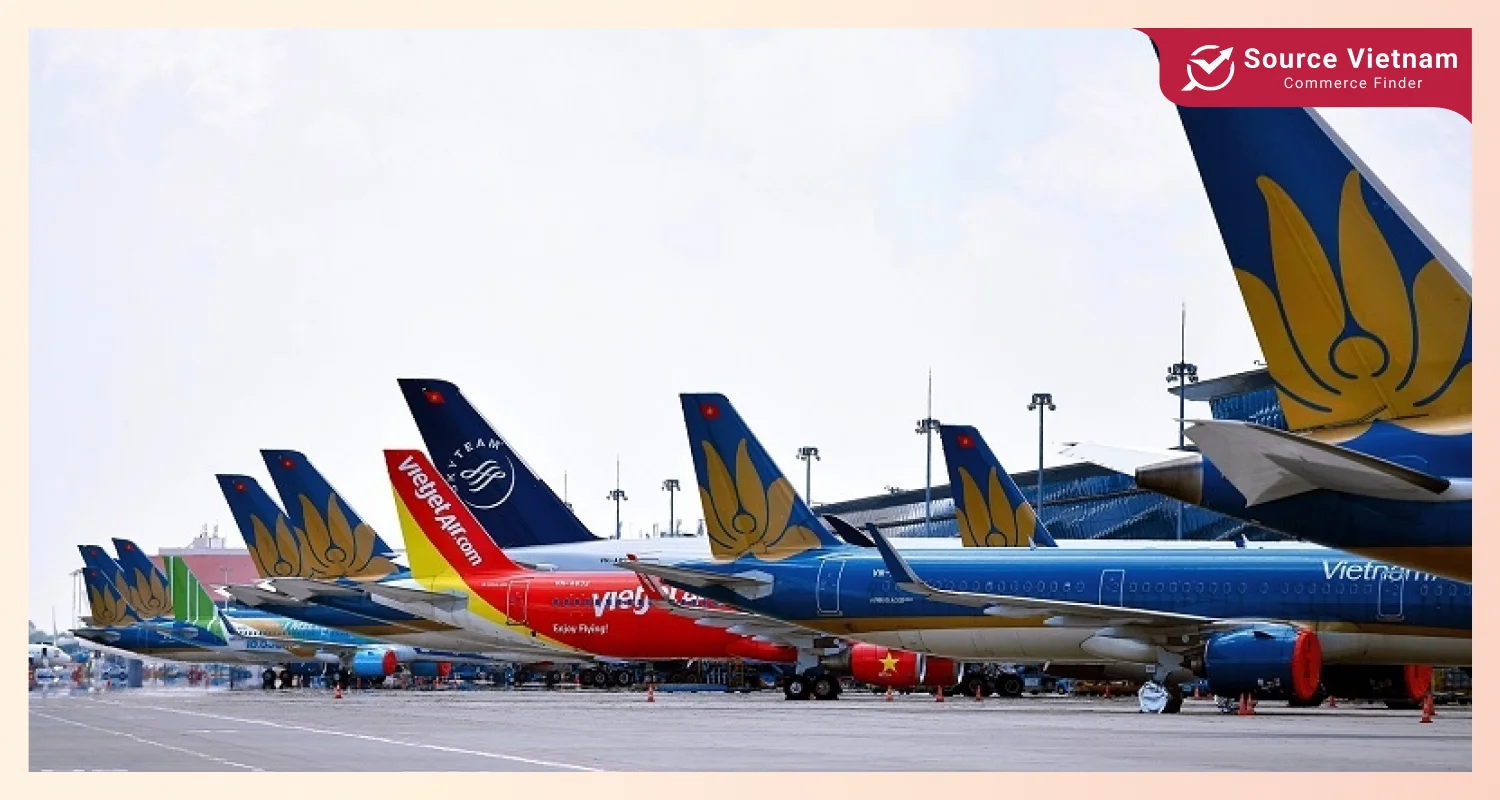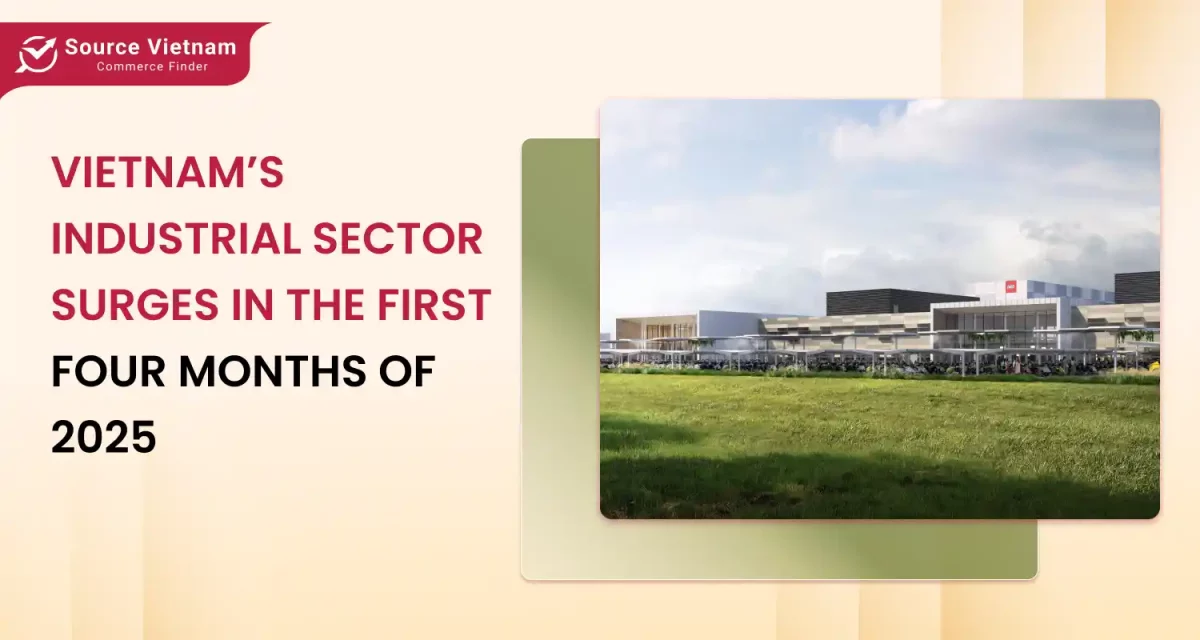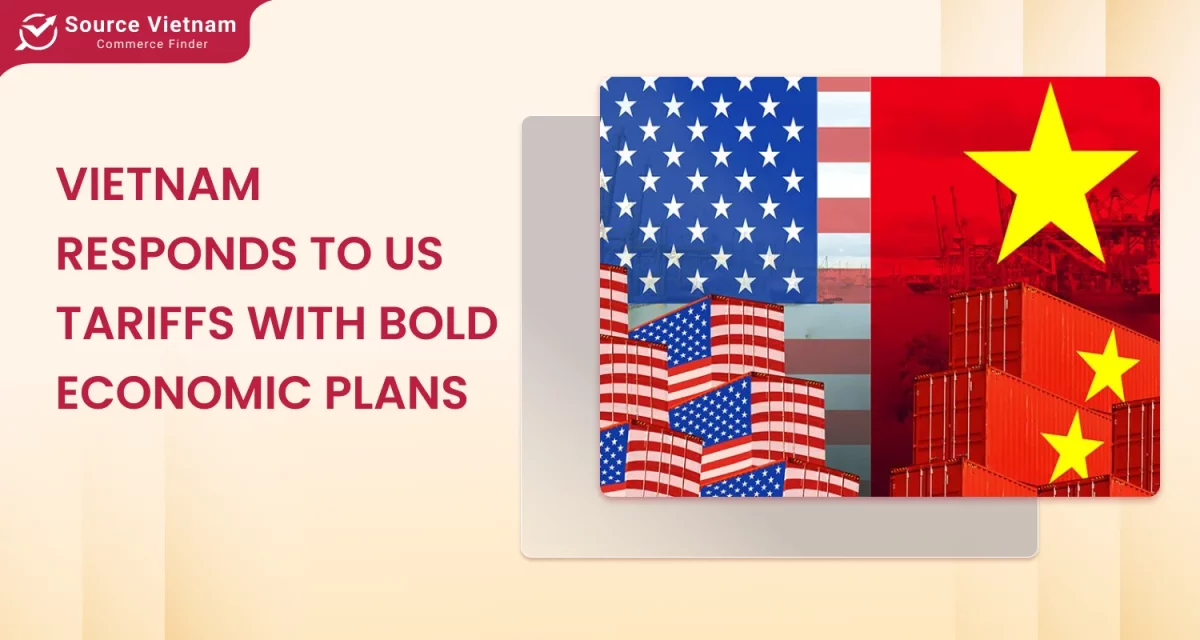Vietnam’s aviation market handled 109 million passengers in 2024 and is growing fast, driven by rising incomes, digital tech, and new global routes. With major airport projects and 8.1% annual passenger growth expected through 2030, Vietnam is set to become a Southeast Asian air hub.

Vietnam’s aviation industry is booming. It’s one of the fastest-growing markets in Southeast Asia. With more passengers, new airports, and digital advancements, Vietnam is becoming a major air travel hub. Despite challenges like crowded airports and workforce shortages, the future looks bright. Let’s explore the growth drivers, key players, and what lies ahead for Vietnam’s aviation sector by 2030.
A strong recovery
Vietnam’s aviation market is bouncing back fast. In 2024, it handled 109 million Vietnam’s Aviation Market: Soaring to New Heights by 2030 million passengers. That’s close to pre-pandemic levels. Compared to 2023, total passenger numbers dropped slightly by 3 percent. But the details tell a different story. International travel surged by 26 percent. Domestic travel, however, fell by 15 percent. This shift shows people are traveling abroad more. Rising incomes and Asia’s reopening are big reasons why.

In the first half of 2024, Vietnamese airlines carried over 54 million passengers. Domestic routes like Hanoi to Ho Chi Minh City are among the busiest in Southeast Asia. This route had 949,249 seats in August 2024 alone. Ticket prices can hit $140 during peak times. The aviation sector is vital for Vietnam’s economy. It supports tourism, trade, and global connections.
Why Vietnam’s aviation is growing
Several factors are driving this growth. Vietnam’s economy is strong. Rising GDP and industrial growth boost demand for travel. Tourism is also thriving. Favorable visa policies and better air connections attract visitors. Northeast Asian markets like South Korea, Mainland China, Taiwan, and Japan are key sources of tourists.
Vietnam’s location in Southeast Asia is a big advantage. It’s close to major markets. New infrastructure and supportive policies help Vietnam compete. The country is set to capture more regional and long-haul traffic. These strengths ensure steady growth in the aviation sector.
Key players in the market

Vietnam’s aviation market is competitive. Two airlines dominate: Vietnam Airlines and Vietjet Air. Together, they hold over 84 percent of the domestic market. In the first five months of 2024, Vietnam Airlines had a 42.2 percent share. Vietjet Air was slightly ahead with 42.8 percent. Both are leaders in the industry.
Other airlines are making moves too. Bamboo Airways faced challenges like leadership changes and restructuring. Now, it’s recovering. It resumed flights to Phu Quoc and expanded to Taiwan. Pacific Airlines, a Vietnam Airlines subsidiary, and VASCO focus on regional and niche markets. Vietravel Airlines is transforming with new investments from T&T Group. T&T’s logistics and infrastructure support will boost Vietravel’s passenger and cargo services. A new full-service carrier is also planned for 2026. It will start with six aircraft, adding more competition.
Airlines are expanding fleets and rethinking strategies. This is reshaping Vietnam’s aviation market. Competition will drive innovation, better services, and market growth.
Expanding routes
Domestic travel
Domestic demand remains strong. The Hanoi–Ho Chi Minh City route is the busiest in Southeast Asia. In August 2024, it offered 949,249 seats. High demand keeps ticket prices high, up to $140 during peak seasons. Airlines are adding new aircraft to handle this demand. This boosts their capacity and flexibility.
International growth
International routes are growing even faster. In the first half of 2024, international passenger traffic jumped by 28 percent. Key markets include South Korea, China, India, Australia, and Central Asia. Vietnamese airlines are expanding globally. Vietnam Airlines added routes to Munich and Phnom Penh. Vietjet Air launched Hanoi to Kuala Lumpur. Bamboo Airways restarted flights to Taipei and Kaohsiung. These expansions strengthen Vietnam’s global presence and meet rising travel demand.
Infrastructure and technology
Vietnam is upgrading its airports. Two major projects stand out. Terminal 3 at Tan Son Nhat International Airport in Ho Chi Minh City will ease congestion. It’s the country’s busiest airport. Long Thanh International Airport’s first phase opens in 2026. It will be a major hub for passengers and cargo.

Technology is also transforming aviation. The Airports Corporation of Vietnam (ACV) is launching ACV ID. This system uses biometric verification to speed up security and identity checks. Airlines are adopting digital tools too. Vietnam Airlines introduced VNA AI, powered by GPT-4 via Azure OpenAI. It improves compliance and workflow efficiency. Vietjet Air uses SkyBreathe, an AI tool to optimize fuel use and cut carbon emissions.
Boeing’s 2025 Commercial Market Outlook predicts strong growth. Vietnam’s passenger traffic will rise by 8.1 percent annually from 2025 to 2030. New infrastructure, growing demand, and digital innovation will fuel this expansion.
New opportunities
Vietnam’s growing middle class is a big driver. More people can afford to travel. Tourism is surging, both inbound and outbound. Relaxed visa policies make Vietnam more accessible. These trends expand the passenger base. A new full-service carrier planned for 2026 will increase competition and connectivity.
On April 15, 2025, Vietnam’s government updated aircraft import rules. Now, aircraft must have certifications from:
- The US Federal Aviation Administration (FAA)
- The European Union Aviation Safety Agency (EASA)
- The National Civil Aviation Agency of Brazil
- The Transport Canada Civil Aviation (TCCA) Directorate
- The Federal Agency for Air Transport of the Russian Federation
- The United Kingdom Civil Aviation Authority
- The Civil Aviation Administration of China (CAAC)
- The Vietnamese Ministry of Construction
Before, only FAA, EASA, or Vietnam’s Civil Aviation Authority certifications were accepted. This change allows more aircraft types, including those from Brazil, Canada, Russia, the UK, and China.
Challenges ahead
Growth comes with challenges. Major airports like Tan Son Nhat and Noi Bai face congestion. This causes delays. Workforce shortages are another issue. The industry needs more pilots, technicians, and digital specialists. Airlines also face financial pressures. Modernizing fleets, improving cybersecurity, and adopting new technologies are costly. Operating margins are tight.
Looking to 2030
Vietnam’s aviation sector is on an upward trajectory. Strong economic growth, new infrastructure, and supportive policies drive this progress. By 2030, Vietnam aims to be a major aviation hub in Southeast Asia. Investments in airports and technology will help. Despite challenges, the outlook is optimistic. With smart strategies, Vietnam’s skies are open for long-term growth.















